Tapco HomeDry Dry Rot Treatment Henley
We are long term members of Trust Mark and a member of the BWA. CHAS accredited contractor. In addition, all of our surveyors are trained to the high standards of the PCA (Property Care Association).


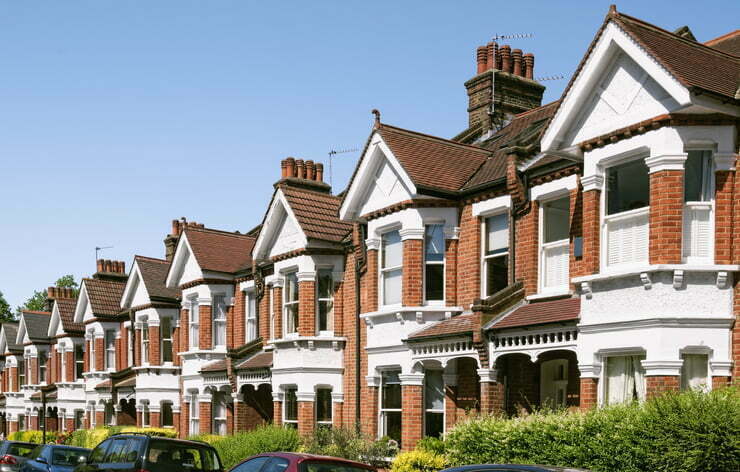
Dry Rot Specialist In Henley
If you’re worried about dry rot in your Henley property, we can help to put your mind at ease. Tapco Homedry are the experts in damp proofing, which includes dry rot treatment for timber framed homes and more.
Signs of dry rot in your home
The stages of growth are all very unique, so there are a few things you can look out for as a homeowner. The first stage of growth will be evident by a furry white fungus spreading over any damp wood. Next, this will produce a rust-coloured bloom that enables it to spread even further. Wood left behind by dry rot will be dark, brittle and fragile. There will be cuboidal cracking in the structure that damages the integrity of the wood. And if you can’t see the dry rot, you may be able to smell the characteristic damp and musty odour.
What is dry rot?
Dry rot is the common name for a type of fungus commonly found on the forest floor. Serpula lacrymans plays a vital role in the circle of life in the forest, as it helps to break down fallen trees to make way for new growth. It is highly effective in breaking down damp wood, but this can be incredibly damaging if it makes its way into your home.
At the very early stages of growth, dry rot produces a furry and white fungus that spreads over damp wood. When the fruiting spore blooms, it turns this furry white growth a rusty brown shade. The wood left behind by dry rot will be brittle and easily crumble.
Despite what the name suggests, dry rot actually needs some moisture to be able to take hold. This is why it is so vital to address damp problems in your home promptly. Small amounts of damp in your home will create the perfect conditions for dry rot.
We most often see dry rot in older properties with timber frames, but it can also make its way into new build homes that have hardwood flooring and doors. Dry rot spreads quickly once it takes hold, so we recommend professional intervention as quickly as possible.
How is dry rot treated?
To treat dry rot, we have to fully expose the wood and then apply a fungicidal treatment. This will stop the spread any further. We can then replace any damaged timber with pre-treated wood to prevent the problem from returning.
Finally, we need to address the source of damp in your home. Without this important step, there is a good chance the dry rot problem will return.
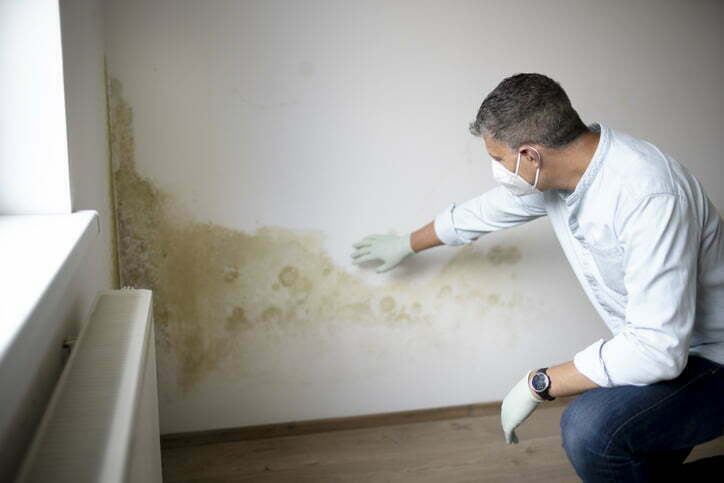
Dry rot experts in Henley
If you’re dealing with a dry rot problem, don’t attempt to tackle the problem alone. We’re the experts in dealing with dry rot in Henley and the surrounding regions. Get in touch with our team today to arrange a damp proofing consultation and dry rot survey. Our professional and courteous team is here to help.
How can I tell whether I have wet rot or dry rot?
Wet rot and dry rot are caused by two completely different types of fungus, and both can be incredibly damaging. The main difference between the two types of rot is the moisture conditions required for them to thrive. Wet rot needs a moisture level of 50% of above whereas dry rot can thrive where the moisture level is around 20%.
Both wet rot and dry rot can be difficult to spot, particularly if they are present below floorboards or behind plasterboard. This is why it’s vital to seek an expert opinion if you suspect you have dry rot in your home.


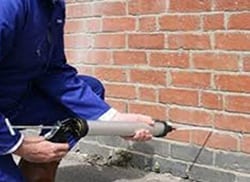 Damp Proofing
Damp Proofing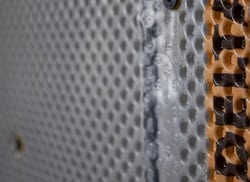 Basement Damp Proofing
Basement Damp Proofing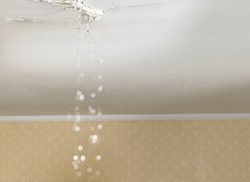 Water Damage
Water Damage Condensation Control
Condensation Control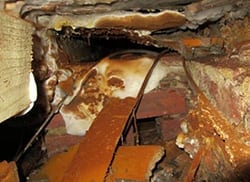 Dry Rot Treatment
Dry Rot Treatment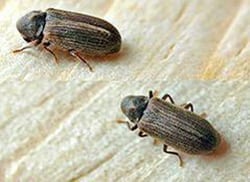 WOODWORM & WET ROT
WOODWORM & WET ROT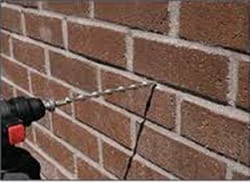 CAVITY Wall Ties
CAVITY Wall Ties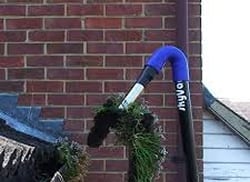 Property Maintenance
Property Maintenance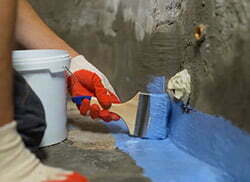 Waterproofing And Tanking
Waterproofing And Tanking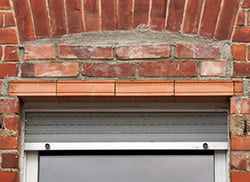 Structural Repairs
Structural Repairs
